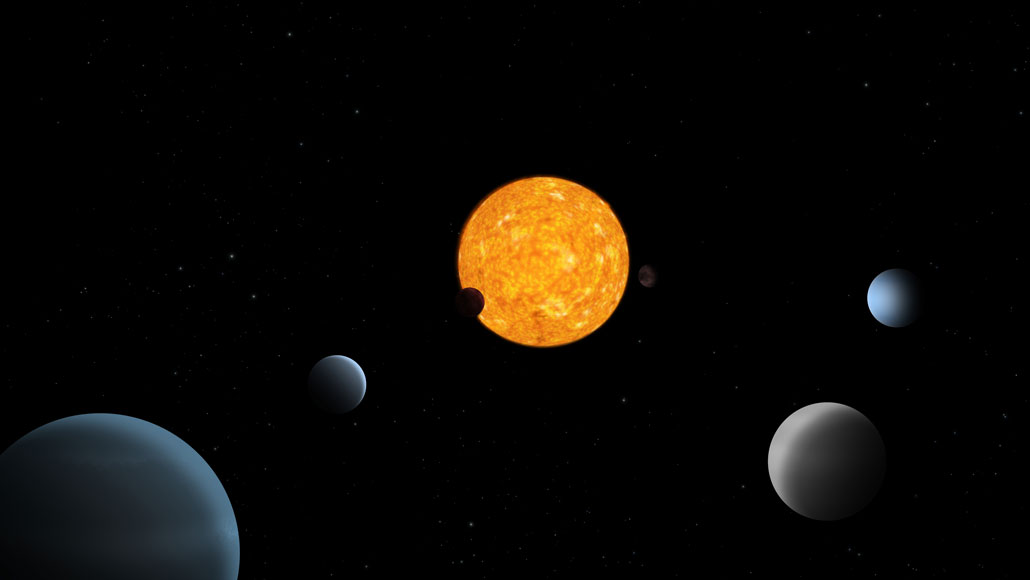HOME
Two exoplanet families redefine what planetary systems can look like

Two tightly packed families of exoplanets are pushing the boundaries of what a planetary system can look like. New studies of the makeup of worlds orbiting two different stars show a wide range of planetary possibilities, all of them different from our solar system.
“When we study multiplanet systems, there’s simply more information kept in these systems” than any single planet by itself, says geophysicist Caroline Dorn of the University of Zurich. Studying the planets together “tells us about the diversity within a system that we can’t get from looking at individual planets.”
Dorn and colleagues studied an old favorite planetary system called TRAPPIST-1, which hosts seven Earth-sized planets orbiting a small dim star about 40 light-years away. Another team studied a recently identified system called TOI-178, which has at least six planets — three already known and three newly found — circling a bright, hot star roughly 200 light-years away.
Both systems offer planetary scientists an advantage over the more than 3,000 other exoplanet families spotted to date: All seven planets in TRAPPIST-1 and all six in TOI-178 have well-known masses and radii. That means planetary scientists can figure out their densities, a clue to the planets’ composition (SN: 5/11/18).
News Source